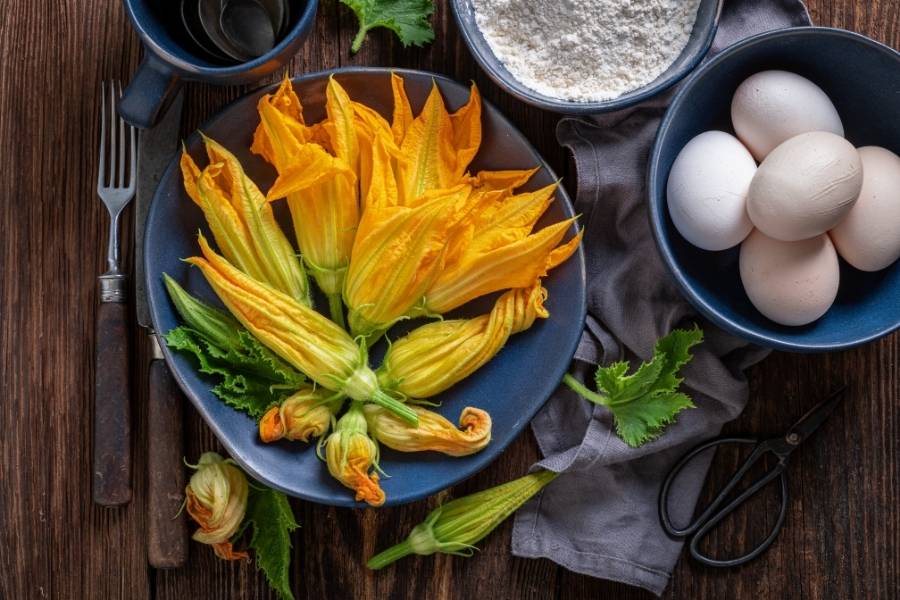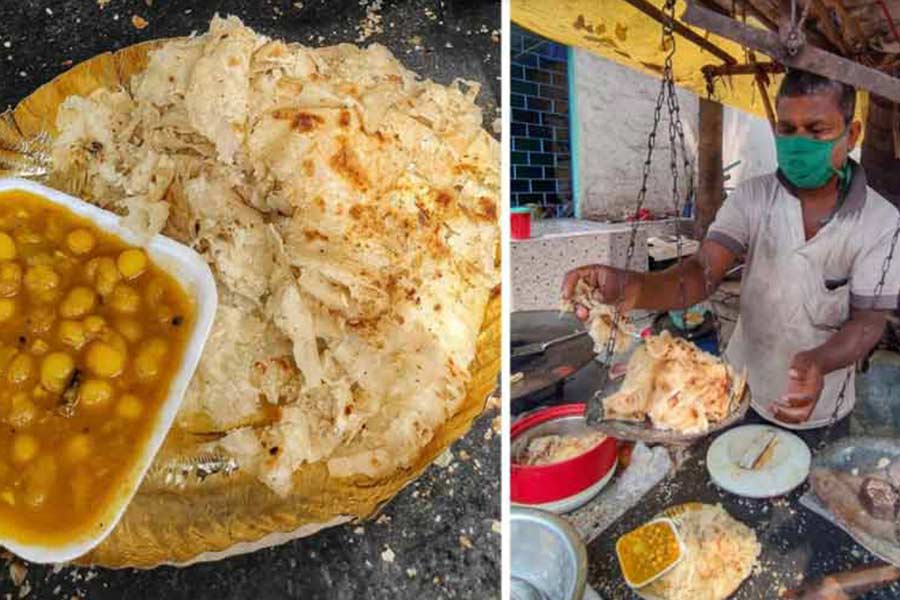In Bengal, flowers aren’t just for garlands or puja thalis. They often end up sizzling in oil or simmering in curries. And, it isn’t just the fancy elderflower or the blue pea, or jasmine in the tea. From the golden kumro phool, stuffed and fried, to the delicate bok phool transformed into crisp fritters, seasonal blossoms in Bengal add both flavour and colour to the plate. Here are some flowers that have always been a part of Bengali cuisine.
Kumro phool (pumpkin flower)
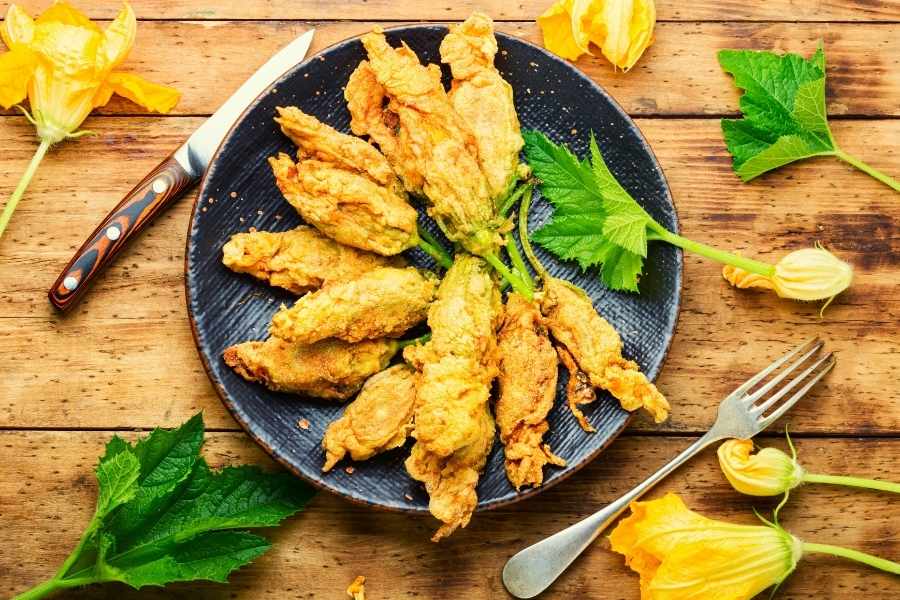
Bright yellow and delicate, the kumro phool, or pumpkin flower, is a monsoon favourite in Bengali cuisine. The most popular preparation is the kumro phooler bora, where the flowers are dipped in a light gram flour or rice flour batter and deep-fried till crisp. Some households also stuff them with spiced prawns or mashed potatoes before frying. Pumpkin flowers are rich in vitamin A, iron and antioxidants, making them as nutritious as they are delicious. Check out the recipe here.
Shojne phool (drumstick flower)
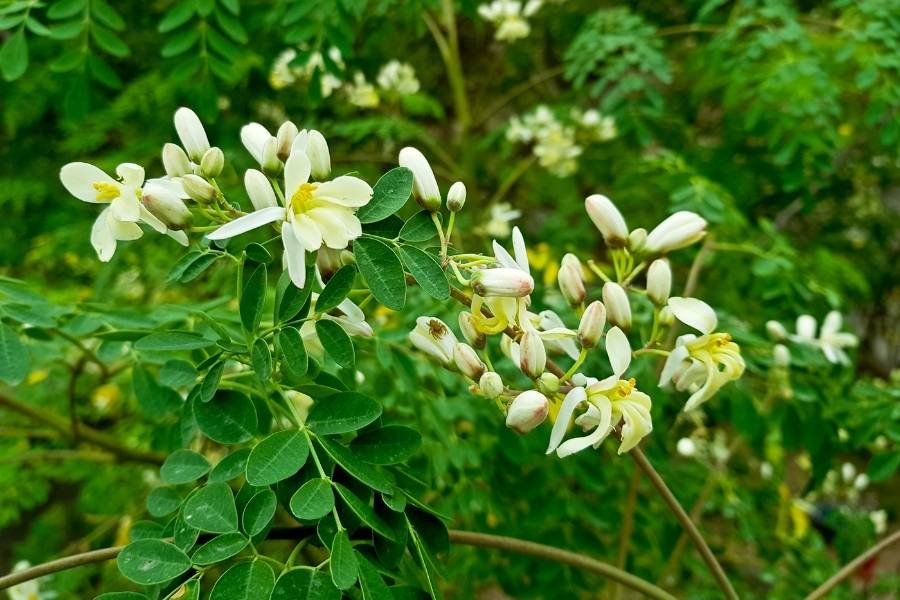
Tiny, white, delicate and fragrant, shojne phool blooms in early spring and is a treasured seasonal delicacy in Bengali homes. These flowers are lightly sautéed with potatoes or scrambled with eggs to make shojne phooler chorchori. They are known for their slightly bitter, earthy taste and are valued in Ayurveda for boosting immunity, improving digestion and being rich in calcium and iron.
Shorshe phool (mustard flower)
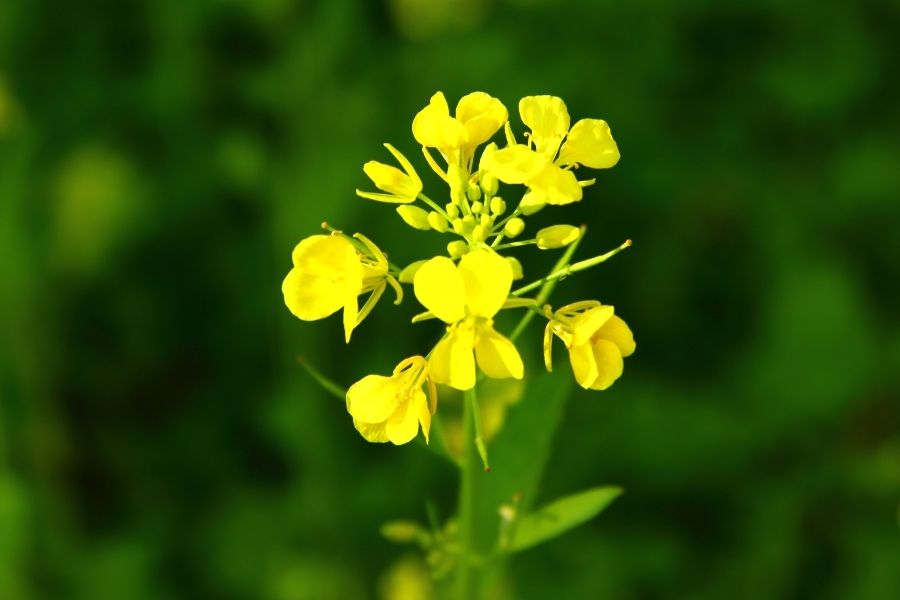
Shorshe phool, the delicate yellow blossoms of the mustard plant, arrive in winter, carpeting rural Bengal in gold. In the kitchen, they are often blanched and cooked with mustard seeds, garlic and green chillies for a shorshe phool bata, or made into a chorchori with other vegetables. Mustard flowers are packed with vitamin C, minerals and antioxidants, and are believed to aid in metabolism and heart health.
Bok phool (heron flower)
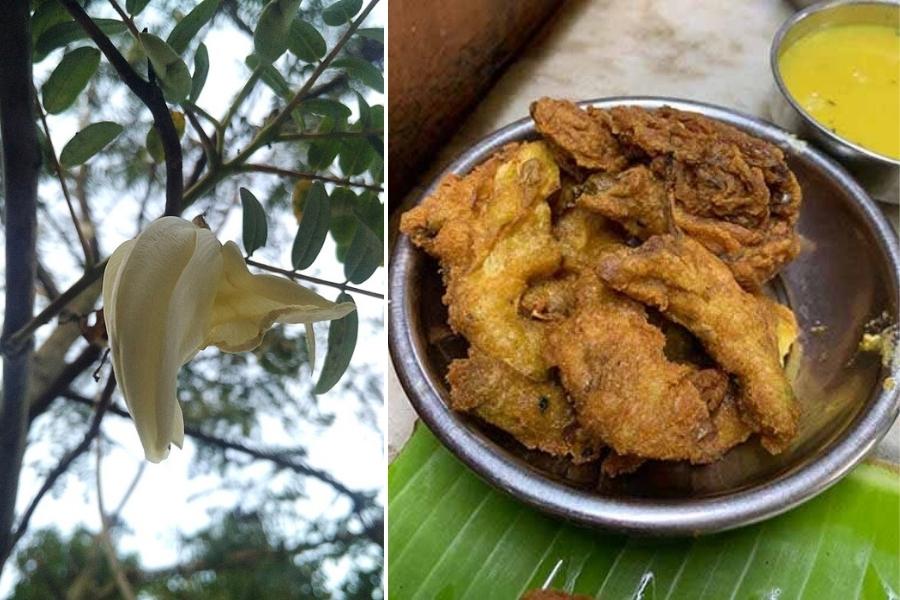
Large, white and soft, bok phool is often mistaken for an ornamental bloom, but is a favourite in Bengali kitchens. Most commonly, it is made into bok phooler bora. Each flower is dipped in batter and fried till golden. Its mild, almost grassy taste pairs with the crunch of the fritter. Best enjoyed with kasundi. Traditionally, bok phool is also prized for its cooling, gentle-on-the-stomach properties and is soothing in summer months.
Mocha or banana flower
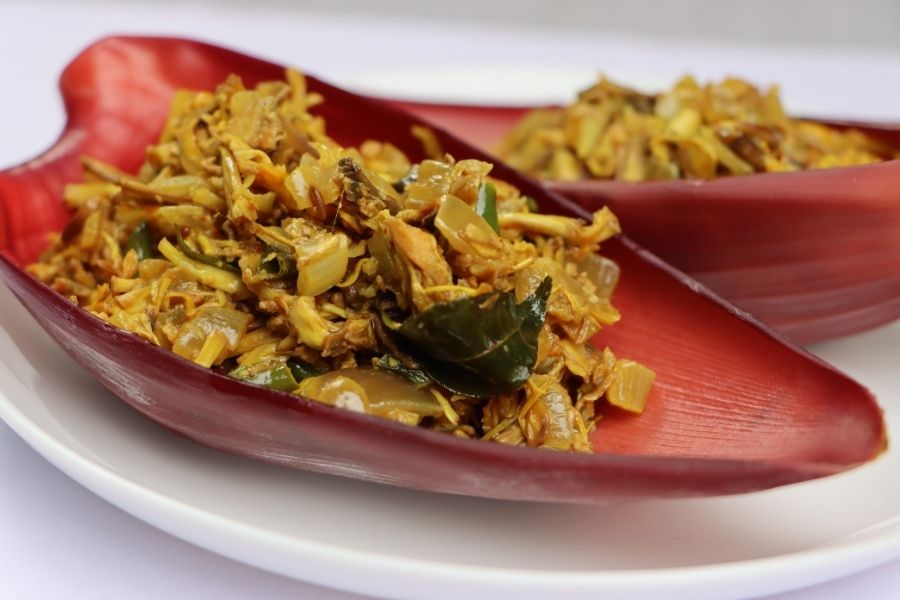
The mocha, or banana blossom, is a purple, layered flower bud that demands patience to clean and prepare. Once ready, it’s slow-cooked into mochar ghonto with potatoes, coconut and a fragrant mix of spices, or turned into chops and cutlets. High in fibre, iron and potassium, mocha is known to aid digestion and boost haemoglobin levels, making it a healthful addition to the table despite the labour it requires.
